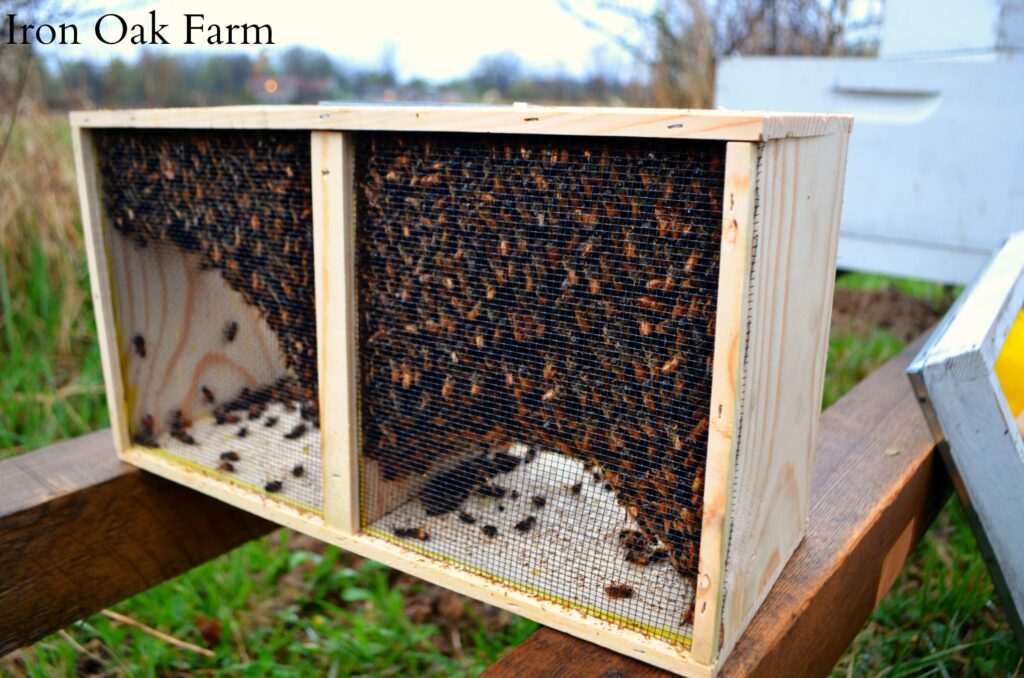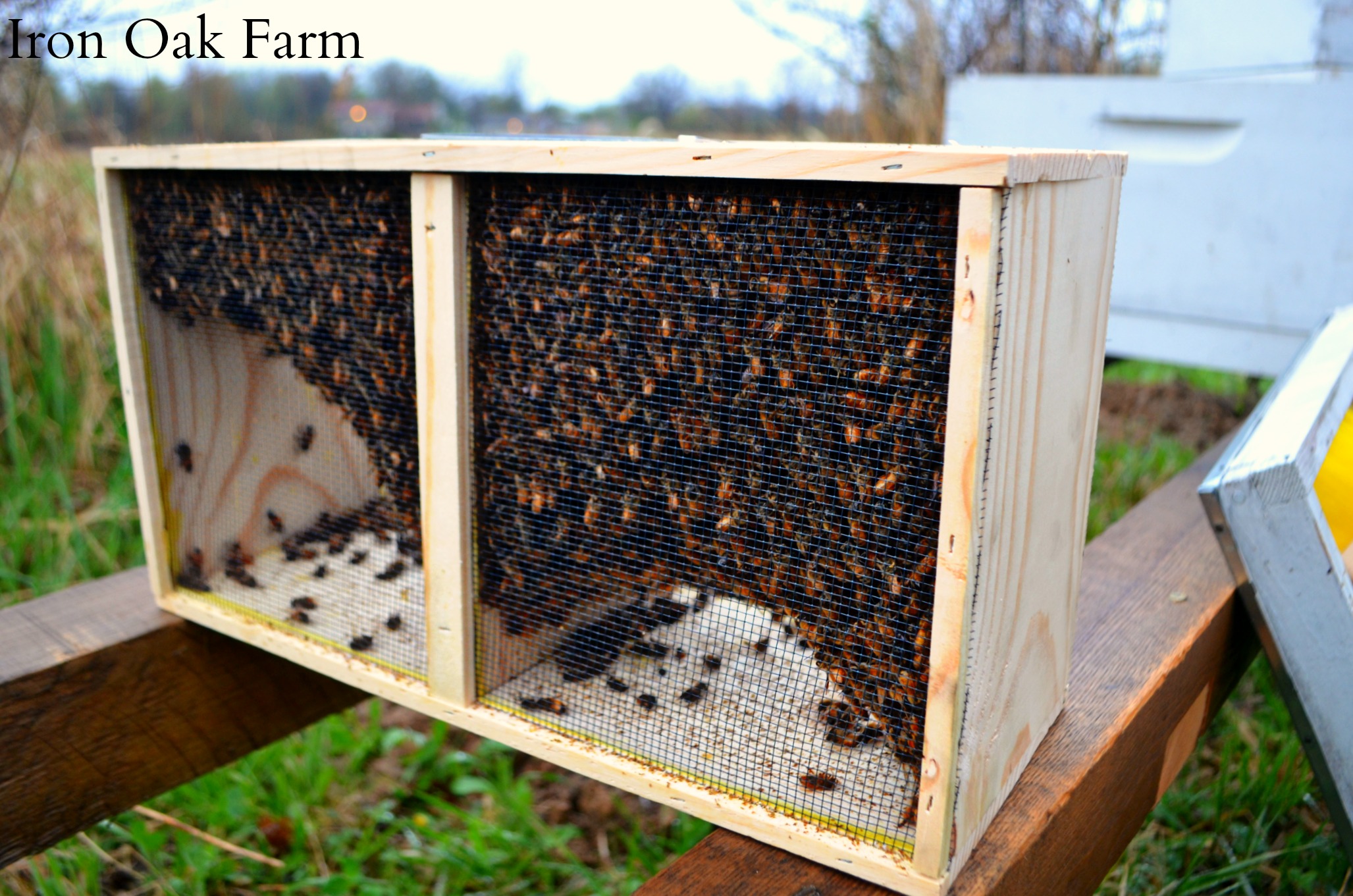
Have you ever wondered what a nuc is in the world of beekeeping? If so, you’re not alone! A nuc, short for nucleus hive, plays a vital role for beekeepers as it serves as a smaller colony of bees that can be used to start a new hive or replace a queen. In this article, we will explore the significance of nucs in beekeeping and how they contribute to the successful management and growth of bee colonies. So, let’s dive into the fascinating world of nucs and discover their essential role in beekeeping!
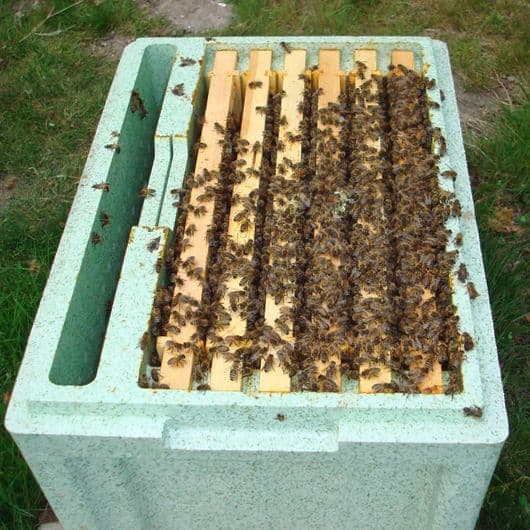
What is a Nuc in Beekeeping?
Definition of Nuc
A Nuc, short for nucleus colony, is a small colony of bees created from a larger colony for various purposes in beekeeping. It usually consists of a small number of frames with brood, bees, and a queen. Nucs are commonly used in beekeeping for swarm prevention, queen replacement, honey production, and increasing bee population.
Purpose of a Nuc
Nucs play a crucial role in beekeeping as they serve various purposes. One of the main purposes of a nuc is swarm prevention. When a bee colony becomes crowded, the bees may decide to swarm and form a new colony elsewhere. By creating a nuc, beekeepers can provide additional space for the bees, reducing the likelihood of swarming.
Another purpose of a nuc is queen replacement. If a queen in a colony is old or failing, the beekeeper can introduce a new queen into a nuc. The nuc acts as a safe space for the new queen to be accepted by the worker bees before being introduced to the main colony.
Nucs are also used for honey production. By creating smaller colonies, the bees have less space to cover and can focus their efforts on producing honey. Beekeepers often use nucs to optimize honey production during periods of nectar flow.
Furthermore, nucs are important for increasing the bee population. Beekeepers can split a larger colony into nucs, allowing for the growth of new colonies. This helps in bee population growth and contributes to the overall health and sustainability of the beekeeping operation.
Components of a Nuc
A nuc consists of several components that are essential for the survival and productivity of the colony. These components include:
Number of Frames
Nucs usually contain a small number of frames, typically five frames in a standard setup. These frames are where the bees build their wax combs, raise brood (developing bees), store honey and pollen, and provide space for the queen to lay eggs.
Feeder
A feeder is often included in a nuc to provide the bees with supplemental food, especially during times when natural nectar sources are scarce. It can be in the form of a liquid feeder or a pollen patty, which provides the bees with essential nutrients for their development and survival.
Queen
The queen bee is a vital component of a nuc. She is responsible for laying eggs, which are necessary for the colony’s growth and maintenance. The queen’s presence ensures the presence of a reproductive female in the colony.
Workers
The worker bees are the majority of the colony’s population in a nuc. They perform various tasks, such as foraging for food, nursing the brood, building combs, and guarding the hive. The workers are responsible for maintaining the overall health and productivity of the colony.
Brood
Brood refers to the developing bees in various stages: eggs, larvae, and pupae. The presence of brood in a nuc is essential for the growth and sustainability of the colony. It signifies the active reproduction and expansion of the colony.
Honey and Pollen Storage
The bees store honey and pollen as their food sources. These storage areas are important components of a nuc as they provide sustenance for the bees, especially during times when natural food sources are limited.
Ventilation
Proper ventilation is crucial in maintaining the ideal temperature and humidity levels inside the nuc. Bees regulate the temperature within the hive through fanning and evaporation, ensuring optimal conditions for brood development and overall colony health.
Entrance Reducer
An entrance reducer is a device that restricts the size of the entrance to the nuc. It helps in defending the colony against potential predators and reduces the chances of robbing by other bees. The entrance reducer also aids in temperature regulation and prevents excessive airflow.
Bottom Board
The bottom board is the base of the hive, providing support and stability to the entire nuc. It serves as the foundation on which the frames and other components of the nuc are placed. The bottom board also helps in maintaining proper ventilation and drainage within the hive.
Benefits of Using Nucs
Using nucs in beekeeping offers several benefits for both beekeepers and bees:
Prevention of Swarming
Creating nucs helps prevent the natural swarming tendency of bees, reducing the loss of bees and potential damage to the beekeeping operation. By providing additional space and resources, nucs give the bees a suitable environment to expand without the need for swarming.
Queen Replacement
Nucs are instrumental in replacing old, failing, or lost queens within a colony. By introducing a new queen into a nuc, beekeepers can ensure the successful acceptance of the queen by the worker bees before she is introduced into the main colony. This safeguards the overall health and productivity of the colony.
Honey Production
Utilizing nucs can enhance honey production in beekeeping. By creating smaller colonies, the bees focus their efforts on collecting nectar and producing honey. This concentrated effort within the nuc increases the efficiency and productivity of honey production during periods of nectar flow.
Increase in Bee Population
Nucs aid in the expansion and growth of bee colonies. By splitting a larger colony into smaller nucs, beekeepers can establish new colonies, thus increasing the overall bee population. The growth of new colonies contributes to the sustainability of beekeeping and helps mitigate the decline in bee populations.
Genetic Diversity
Through the use of nucs, beekeepers can introduce new genetic material into their colonies. By selecting specific traits in the queens used for nuc creation, beekeepers can enhance the genetic diversity of their bees. This diversification contributes to the overall resilience and adaptability of the bee population.
Different Types of Nucs
There are several types of nucs commonly used in beekeeping:
Five-Frame Nuc
The five-frame nuc is one of the most widely used nucs in beekeeping. It consists of five frames and provides a small, temporary home for bees. The five-frame nuc is relatively lightweight and easy to manage, making it suitable for beginners or those with limited space.
Half-Frame Nuc
The half-frame nuc is a smaller version of the five-frame nuc, consisting of two to three frames. It is commonly used for queen introduction, mating nucs, or temporary storage of frames during hive inspections. The half-frame nuc is portable and convenient for smaller-scale beekeeping operations.
Langstroth Nuc
The Langstroth nuc is designed to fit into the standard Langstroth hive system. It usually consists of four or five frames and is used as a transitional or temporary colony between full-sized hives. The Langstroth nuc allows for compatibility with existing Langstroth equipment and facilitates easy integration with the main colonies.
Top-Bar Nuc
The top-bar nuc is a type of nuc that follows the principles of top-bar hive beekeeping. It utilizes top bars instead of frames, providing a more natural and bee-friendly environment for the bees. Top-bar nucs are often used for small-scale or hobbyist beekeeping, emphasizing simplicity and minimal intervention.
Warre Nuc
The Warre nuc, also known as the “People’s Hive,” is a nuc designed based on the principles of natural beekeeping. It follows the Warre hive system, which focuses on mimicking the bees’ natural behavior and habitat. Warre nucs emphasize low intervention and sustainable beekeeping practices.
How to Create a Nuc
Creating a nuc involves several steps to ensure the successful establishment of a new colony:
Selecting a Strong Hive
To create a nuc, it is essential to choose a strong and healthy hive as the source colony. The source colony should have a large enough population and an abundance of resources to support the creation of a new nuc.
Choosing the Right Frames
Select frames with a good mix of brood, honey, and pollen. The frames should have healthy brood patterns and show signs of productivity. It is beneficial to include frames with a variety of ages of brood, ensuring the continuous development of the new colony.
Positioning the Frames in the Nuc
Transfer the selected frames into the nuc box, ensuring that they are positioned in the same order and orientation as they were in the source colony. The correct positioning of frames helps maintain the bees’ sense of orientation and reduces disruption during the transition.
Adding a Queen
Introduce a new queen into the nuc by either purchasing a queen or allowing the bees to create a queen using a queen cell. Proper care and attention should be given to ensure the successful acceptance of the new queen by the worker bees.
Adding Workers
Transfer a sufficient number of worker bees from the source colony into the nuc. The presence of worker bees is vital for the new colony’s survival and productivity. It is beneficial to shake a frame of bees into the nuc or use a bee brush to gently transfer bees.
Feeding the Nuc
Provide the nuc with a feeder containing syrup or a pollen patty to supplement the bees’ nutrition during the initial stages of colony establishment. This helps ensure their Well-being and encourages rapid growth and development.
Monitoring the Progress
Regularly monitor the progress of the new nuc, checking for signs of a thriving colony, such as brood development, honey storage, and increased bee population. Pay attention to any potential issues or challenges that may arise, such as pest infestations or disease outbreaks.
How to Install Nucs
Installing nucs into a hive requires careful preparation and observation to ensure a successful integration:
Selecting the Location
Choose a suitable location for the hive that provides protection from extreme weather conditions and direct sunlight. The location should also have access to natural food sources for the bees. Adequate spacing between hives is essential to prevent overcrowding and minimize the risk of drift.
Preparation of the Hive
Prepare the hive by ensuring it is clean, free from debris, and properly assembled. Check the condition of the frames, ensuring they are sturdy and in good condition. Provide fresh foundation or drawn frames for the nuc to build upon.
Transferring the Nuc
Gently transfer the nuc into the prepared hive without shaking or disturbing the frames excessively. Take care to position the frames in the same order and orientation as they were in the nuc. This helps maintain the bees’ orientation and prevent them from becoming disoriented.
Providing Nuc Support
Support the nuc by adding extra frames or feeders if needed. Ensure the frames are tightly positioned to prevent the bees from building wild comb. Provide a top cover and secure it properly to protect the nuc from the elements.
Observing the Hive Integration
Monitor the hive’s integration and observe the behavior of the bees. Pay attention to the acceptance of the new queen, foraging activity, brood development, and overall colony health. Regular inspections and observations are crucial to identify and address any potential issues or challenges.
Nuc Management
Proper management of nucs is essential for their long-term success and productivity. Here are some key aspects of nuc management:
Monitoring the Nuc
Regularly monitor the nuc for signs of growth and development. Inspect the frames for brood patterns, honey storage, and overall colony health. Pay attention to any abnormal behavior or potential signs of disease and take appropriate action to address any issues promptly.
Feeding and Supplementing
Provide the nuc with supplemental food, such as sugar syrup or pollen patties, especially during times when natural food sources are limited. Regularly check the feeder and ensure it is adequately filled to support the bees’ nutritional needs.
Pest and Disease Control
Implement a pest and disease control program to protect the nuc from common threats, such as Varroa mites, wax moths, and fungal infections. Regularly inspect the frames and monitor the bee population for signs of infestation or disease. Take appropriate measures, such as using integrated pest management techniques or medication, to mitigate potential risks.
Splitting Nucs
As the nuc population grows and becomes stronger, consider splitting it into multiple nucs to create additional colonies. This helps in the expansion of the bee population and provides opportunities for colony growth and honey production.
Expanding Nucs
For beekeepers aiming to increase honey production or expand their apiary, expanding nucs into full-sized hives is a viable option. This involves transferring the frames from the nuc into a larger hive and providing additional space and resources for colony growth.
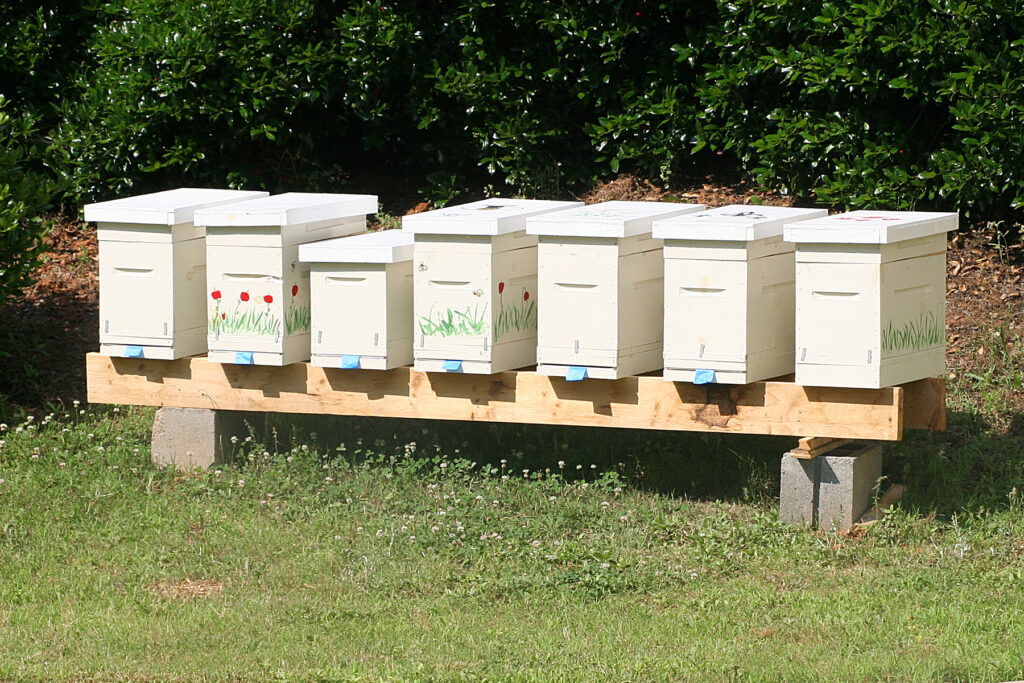
Challenges in Nuc Beekeeping
Nuc beekeeping, like any other aspect of beekeeping, presents its own set of challenges. Some common challenges include:
Disease Transmission
Transferring frames or bees between nucs or hives can potentially spread diseases or pests. It is crucial to practice good hive management and sanitation to minimize the risk of disease transmission and maintain colony health.
Queen Acceptance
Introducing a new queen into a nuc may sometimes result in a lack of acceptance by the worker bees. This can lead to the failure of the new colony. Careful selection of queens and proper introduction techniques can help mitigate this challenge.
Nuc Survival
Not all nucs successfully develop into thriving colonies. Factors such as adverse weather conditions, lack of resources, or weak genetics can affect the survival and productivity of the nuc. Regular monitoring and proper management techniques help increase the chances of nuc survival.
Resource Competition
In a nuc setup, resources such as food and space can become limited. This may lead to resource competition among the bees and potentially hamper colony growth. Proper management, including adequate feeding and monitoring, can help address this challenge.
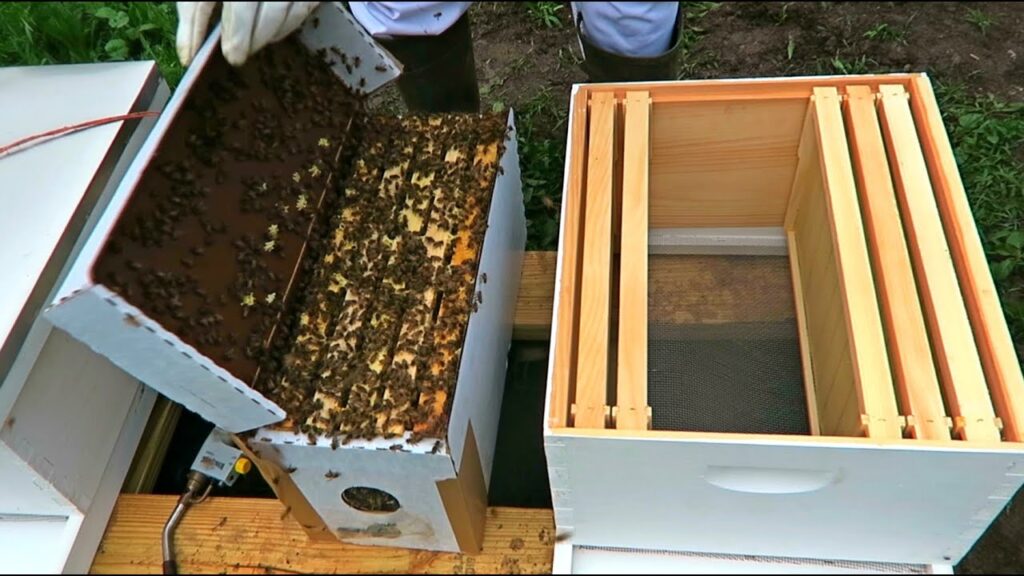
Conclusion
Nucs are an integral part of beekeeping practices, serving multiple purposes and providing numerous benefits. They assist in swarm prevention, queen replacement, honey production, and the growth of bee populations. Understanding the components, types, creation, and management of nucs is essential for beekeepers aiming to enhance their beekeeping practices. By utilizing nucs effectively, beekeepers can optimize colony health, productivity, and sustainability, contributing to the well-being of honeybee populations and the environment as a whole.
